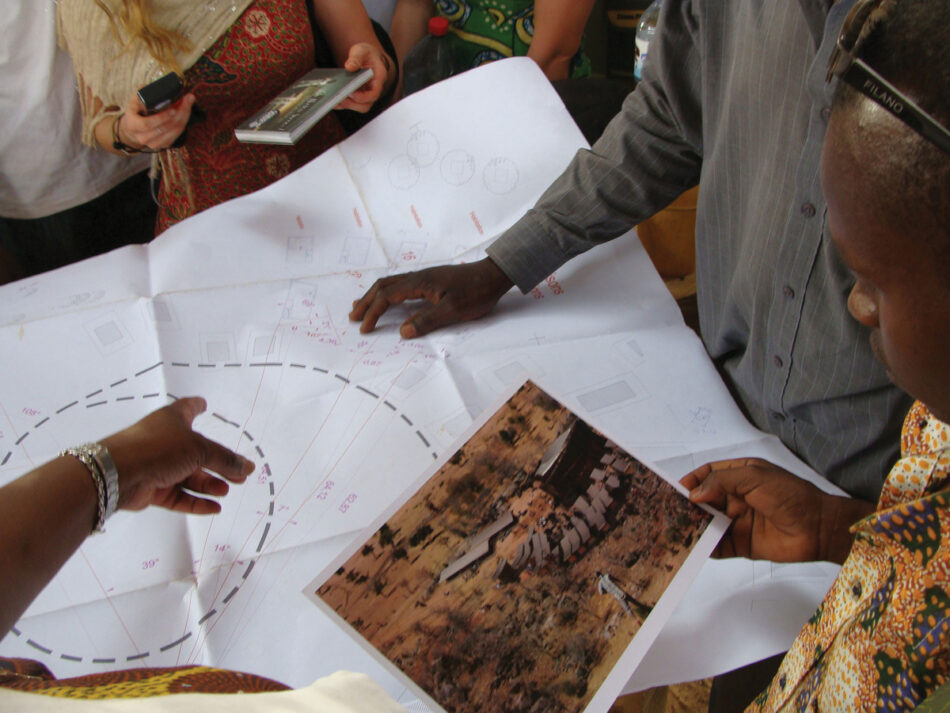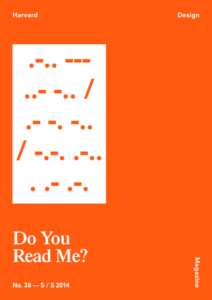A Wagnerian Music Drama
Opera Village was the vision of Christoph Schlingensief, a German artist, filmmaker, and theater director. He wanted to create a place in Burkina Faso to talk about art, architecture, and “social sculpture”—and to make the community part of the happening.
As an architect, my role wasn’t just to design a building; I also had to cultivate enthusiasm. I didn’t want to hit people over the head with my ideas. Instead I wanted to get them involved, to empower them. Most of the people in these rural areas are not formally educated, so we had to find ways to explain our vision—we make plans, we make models. And then we just build.
If you want to make architecture, to build—communication is key. You can’t just show up with a finished plan and expect it to work; a project has to grow. A strong design supports change as part of the process. If you sit alone at a desk and just think, nothing’s going to happen; you have to come with a plan and let it evolve through dialogue.
In this case, I was in dialogue with three clients, sometimes with very different interests: Christoph, the government, and the community.
Christoph pushed everything. He was dying of cancer and wanted to see the Opera Village before he died. I wanted to focus on the architecture, but part of the process was to understand that my client had very little time left, and I needed to help him realize his vision.

Then there was the government. Christoph went to them and said: “I am offering you an opera.” I then had to convince the government that the project would be good. At the same time, I had to teach the community to build it themselves. I like to take my time, to innovate gradually. But Christoph kept pushing.
Unlike theater, architecture is not temporary. Though we need temporary shelter, we also need to find ways to go deeper, to go beyond shelter. As an artist, Christoph dealt with theater, with the set; but as an architect, I make things that have to last. I learned a lot from him about dramatics, and the drama of architecture, because he wanted to make the process itself into a show. Every day he wanted new drawings to publish in German newspapers—but I hardly had time to draw!
In September 2009, I said to Christoph: you are giving the people of this community an opera, but what they really need is good housing. So we broadened the project and renamed it the Opera Village. The project is still growing along those lines. We are building models, workshops, housing for teachers. That’s what I try to achieve in my work: I try to make a frame, the starting point; and then people can play with it. They learn the techniques and make them their own, adapting those of the opera to other buildings in their environment. The Opera Village is an animated social sculpture, a place where people are involved.
Diébédo Francis Kéré is an educator and architect from Burkina Faso whose work focuses on sustainable and community-driven architecture. He is founder of the Berlin-based Kéré Architecture and of Schulbausteine für Gando e.V.
